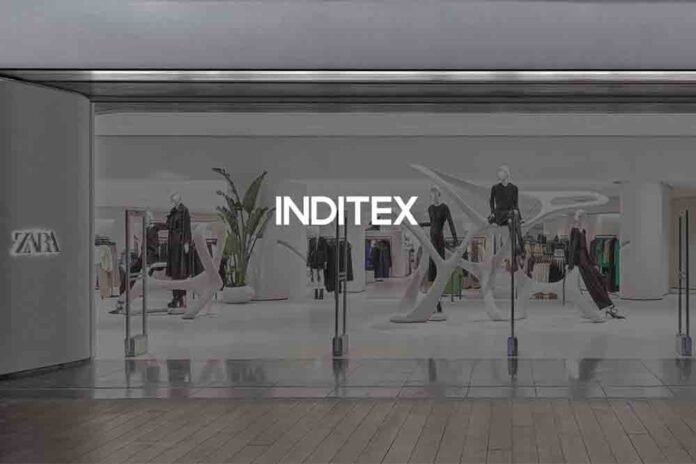Zara owner Inditex surprised market pundits by posting a 40 percent increase in its half-year net profits. The profits increased even though the prices of its merchandise increased at a slow pace.
In the process the world’s largest fashion brand enlarged its gap over its closest rival the Swedish retailer H&M this year. The Spanish giant achieved this success by delivering fashion trends faster from nearby suppliers at prices that allow it to cope with inflationary pressures.
Inditex posted a net profit of $2.7 billion in the first six months of this year. The market experts were expecting the company to post much less profit. However, due to profit taking by investors its share value declined by 15 percent.
The group, which also owns Bershka, Pull & Bear, and other brands, said sales at constant currencies between Aug. 1 and Sept. 11 were 14% higher than a year earlier, showing that the pace of summer sales continues as autumn collections start to arrive. With a big share of its costs in euros, Inditex said it expects currencies to have a -3.5 percent impact on sales this year, worse than the -2.5 percent impact it expected previously. The company expects to grow on the strength of its presence in 213 countries by increasing its market share in each country.
Inditex was among the first fashion retailers to raise prices in response to surging inflation early last year. Its higher and more diverse pricing strategy outside its home market of Spain helped it post record margins. With inflation easing, analysts at Bank of America and the Royal Bank of Canada are betting that Inditex is better placed than its peers to compete by offering stable prices and even lowering them next year to continue growing globally. Inditex reduced its stores to 5,745 from 5,801 in the second quarter but still managed to increase sales while reducing space.
Since July, Inditex has been renewing anti-shoplifting devices at its stores, replacing tags with chips sewn into garments in the autumn and winter collections. The switch to a soft-alarm system aims to reduce checkout times by up to 50 percent.



